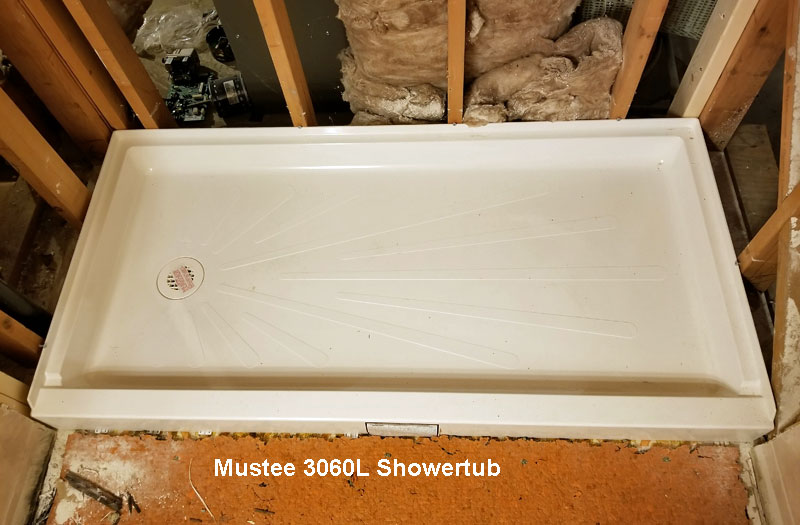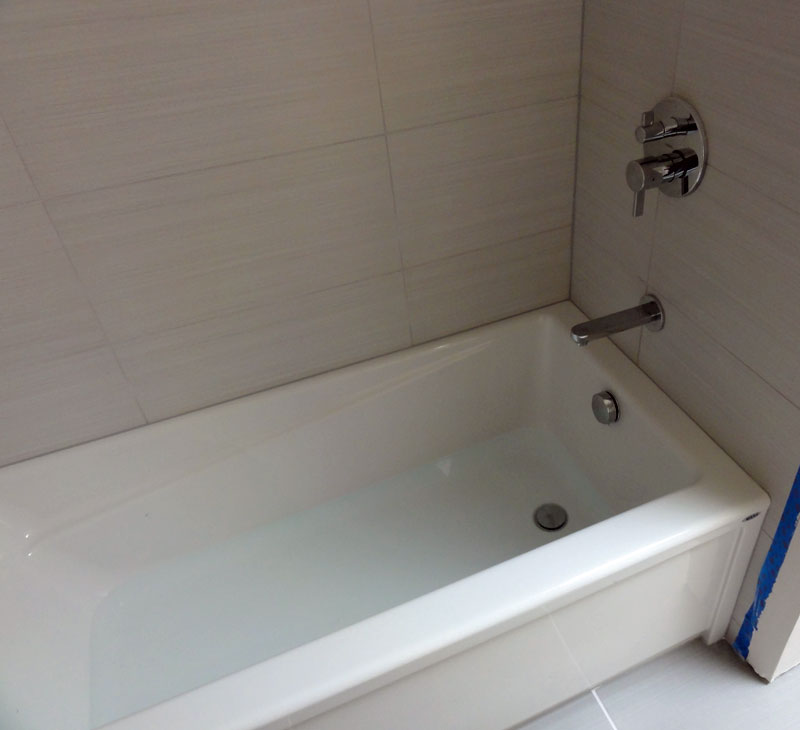I have only recently heard about this and am confused about a couple of things. I am installing a fiberglass tub for a neighbor and when you look at the bottom it has a large piece of what I call Chip board (chips of wood glued and pressed together) and the legs are 4 x 4 wood. When I've stood in the tub, there is no flex whatsoever. I replaced the floor with 3/4" plywood and plan to lay vinyl linoleum.
1. Why would this be necessary?
2. With the majority of the wood not covered by fiberglass wouldn't it soak up moisture from the mortar, thus weakening it to some degree?
3. If it was absolutely necessary to support the bottom, even with the chip board wouldn't using a 4" or so wide board down the center of the tub be enough if anything was needed at all?
No instructions came with the tub or surround (both fiberglass) and not in any boxes either... Gawd I so enjoy remodeling mobile homes! NOT! lol

1. Why would this be necessary?
2. With the majority of the wood not covered by fiberglass wouldn't it soak up moisture from the mortar, thus weakening it to some degree?
3. If it was absolutely necessary to support the bottom, even with the chip board wouldn't using a 4" or so wide board down the center of the tub be enough if anything was needed at all?
No instructions came with the tub or surround (both fiberglass) and not in any boxes either... Gawd I so enjoy remodeling mobile homes! NOT! lol
Last edited by a moderator:


